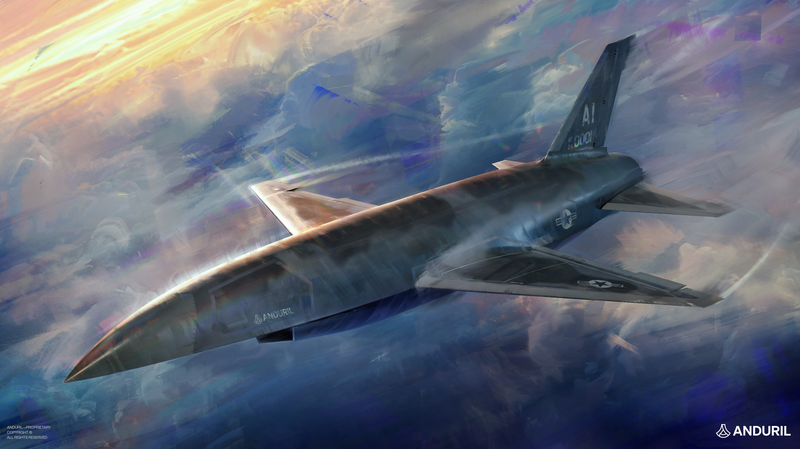The United States is moving towards the deployment of advanced robotic combat aircraft. The defense media is producing a plethora of articles saying the future of aerial warfare is unmanned. Is it?
Unmanned air vehicles are already a common sight over battlefields and their numbers will rise. Yet, the Russo-Ukrainian War has shown the vulnerability of existing UAVs flying in contested airspace. Losses within the UAV fleets of both sides of this conflict are extremely high.
Looking to the future, the United States is developing a Collaborative Combat Aircraft (CCA), an advanced robotic system capable of surviving in high-threat environments. Details are sparse.
The Pentagon selected General Atomics and Anduril on April 24 for the Increment 1 phase of this competition.


The initial objective is to provide a robotic air vehicle that can operate in conjunction with manned platforms. At first, the CCA will act as a weapons platform, but other missions could be added in the future.
The first version of the CCA is to be available before 2030. The Pentagon might limit the sophistication of this model in order to meet its deployment goal. With a lower level of autonomy will the CCA be able to survive in contested airspace? How great will be the burden of operating CCAs on human pilots of single-seat fighters? How quickly can CCAs be integrated with the existing force structure?
The Pentagon said it envisioned purchasing upwards of 100 CCAs per year. Such a high figure might not be possible if the CCA’s price begins to climb (prices range from $2-3 million to $15-30 million apiece or more). Similar high-end unmanned aircraft design programs in the past experienced significant unit price growth, as well as numerous development delays.
Making the CCA more survivable and autonomous will add to its cost. This could fuel the already existing disquiet in some sections of the Pentagon and Congress. Certain groups see the CCA as a threat to funding for traditional manned fighter aircraft programs.
Should the price of the CCA rise, will it acquire a new descriptive adjective? Will “expendable” and “attritable” be replaced by “replaceable” or “consumable”? Is losing one or two per mission acceptable? What is?
Perhaps the past can provide insights into the CCA’s future.
In the First World War, the life expectancy of an Allied fighter pilot was 10 weeks. The average life expectancy of a British Spitfire fighter pilot was four weeks during the Battle of Britain (July 10-October 31, 1940). The average life expectancy of an Eighth Air Force B-17 bomber crew in late 1943 was 11 missions.
Casualties among German fighter pilots skyrocketed in 1943 and soon the Luftwaffe could no longer replace its personnel losses. Into the modern aerial warfare caldron, the Pentagon plans to throw an autonomous robot. A late-war Imperial Japanese pilot, some entering combat with as little as 90 flight hours, could probably relate.
For more than 35 years, Larry has been involved in research and analytical work for various Forecast International projects. He has contributed to the Airborne Electronics Forecast and was chief editor on the World Aerospace Weekly newsletter. Larry was directly responsible for the creation of World Weapons Review, a biweekly industry market research publication specializing in weapon systems and related material. He was the creator of Unmanned Vehicles Forecast, launched to cover the growing market for civil and military drones, and was involved in the development of the Airborne Retrofit & Modernization Forecast service. He is currently responsible for the Missile Forecast and for FI's two Unmanned Vehicles Forecast services – Airborne Systems and Land & Sea Systems.




